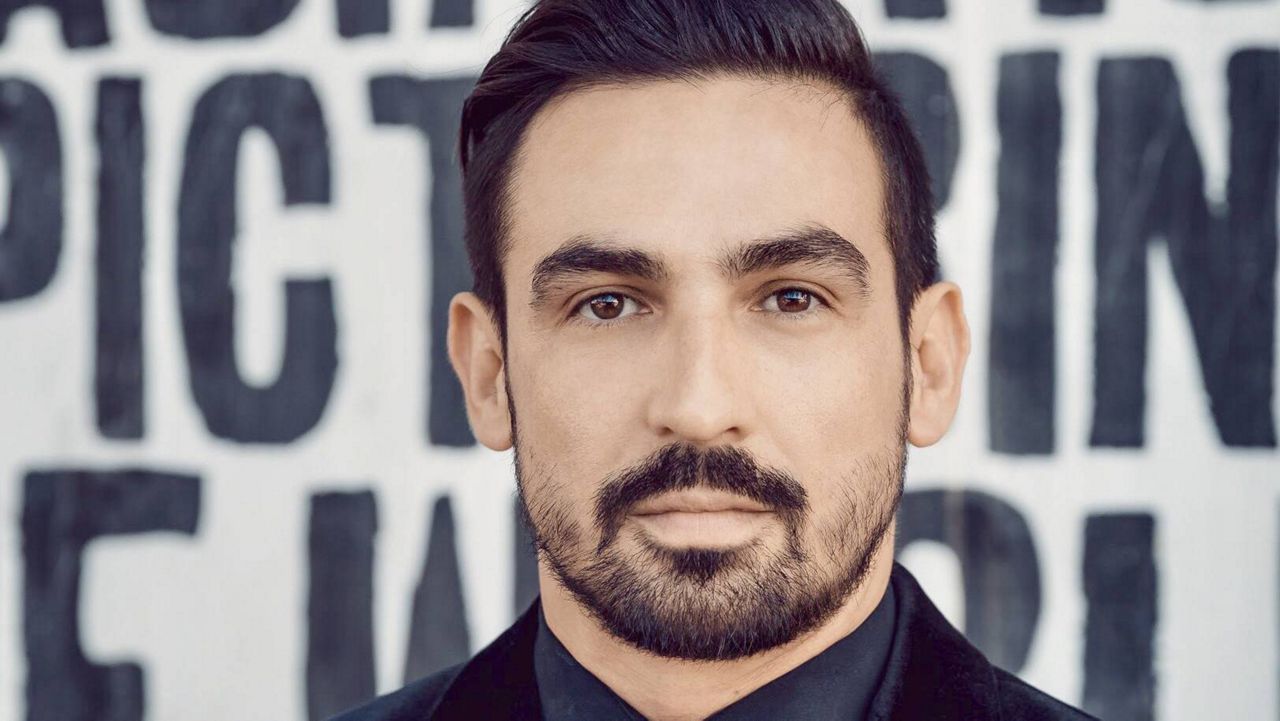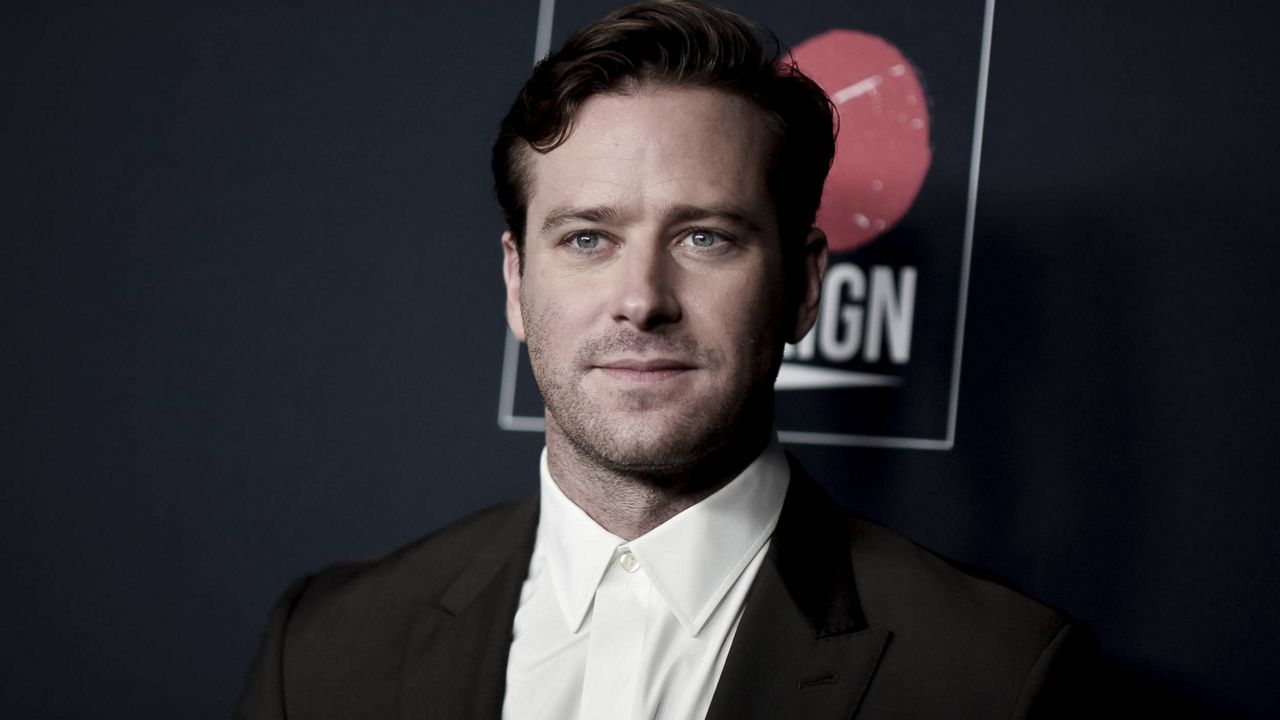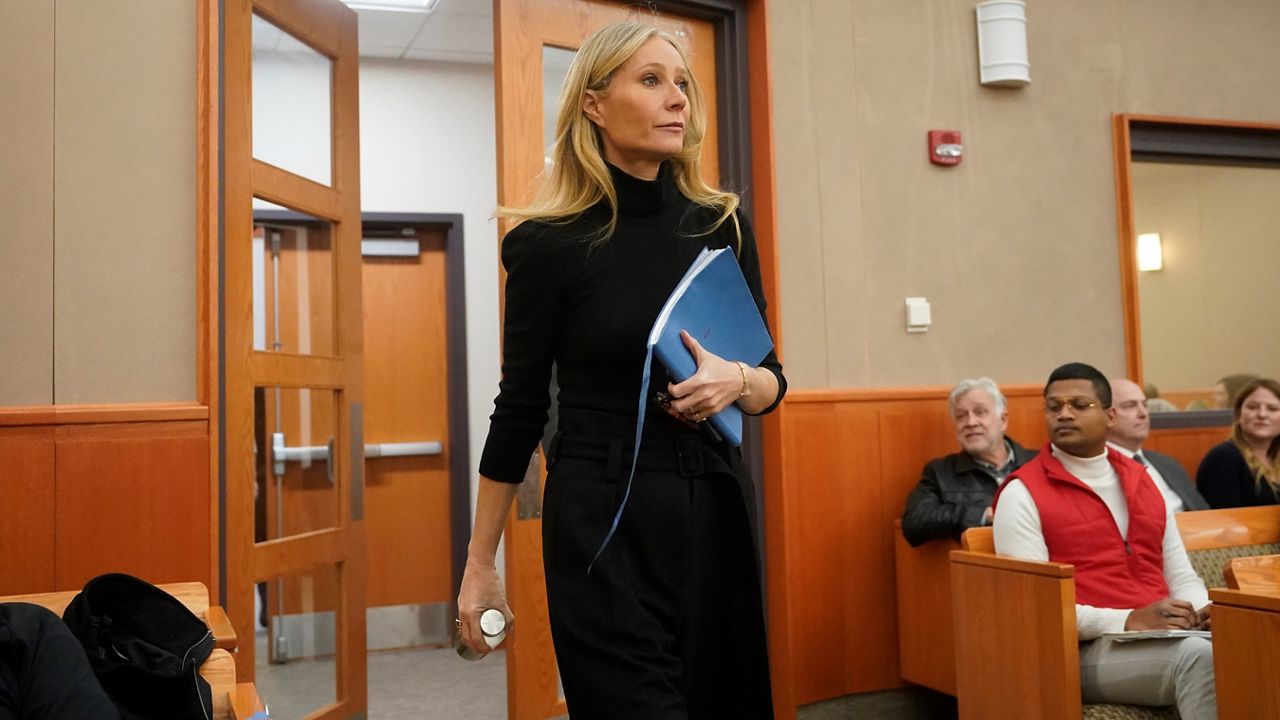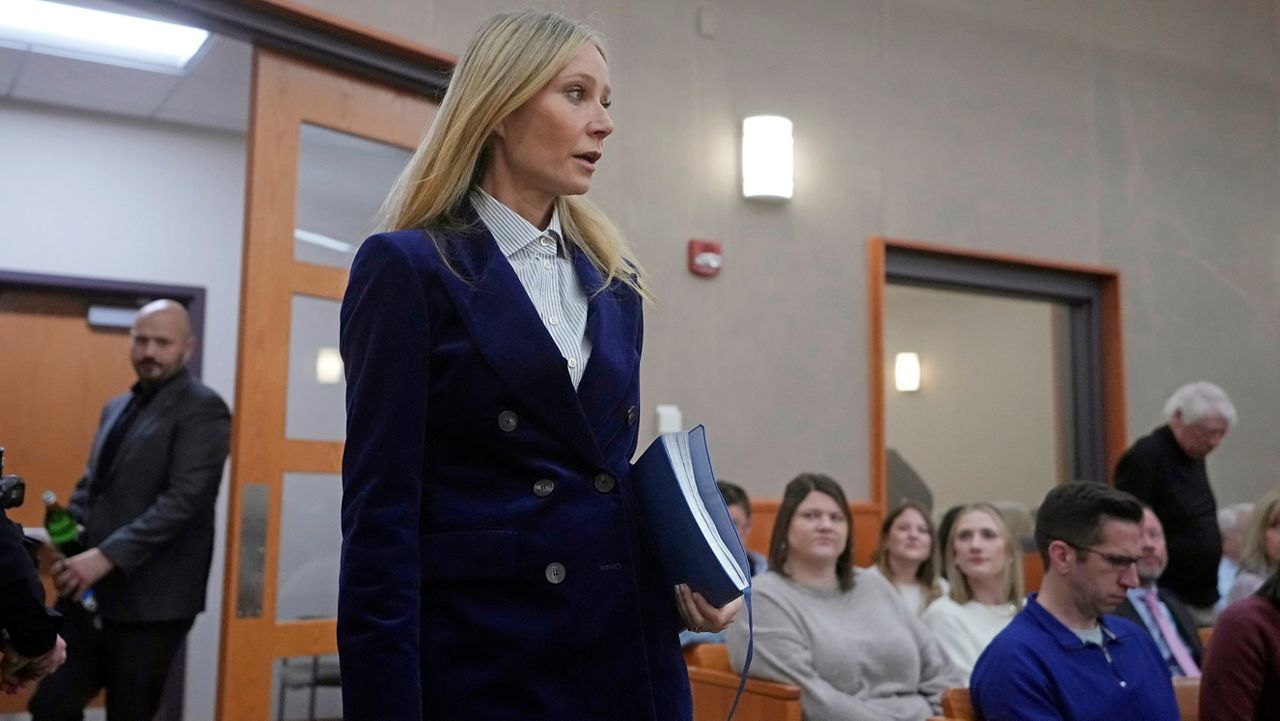HOLLYWOOD, Calif. — She is the Queen of Tejano music, and her name in Greek means goddess of the moon. In the 25 years since Selena Quintanilla's tragic death, she has become a Latin music legend.
What You Need To Know
- Selena: The Series premieres on Netflix December 4
- Moisés Zamora confirms it will be a two-part series
- The first part includes a total of nine episodes
- Christian Serratos will play the role of Selena
On December 4, Netflix will release Selena: The Series, a nine-episode show that will again bring the music legend's life to the screen. The first nine episodes will portray Selena's childhood, her family's struggles, and her journey to superstardom.
Moisés Zamora is the creator, executive producer, and co-showrunner of Netflix's Selena: The Series. He told Spectrum News that Selena: The Series will be a two-part series.
The last time the Tejano music star's life was portrayed on screen was 23 years ago when Jennifer Lopez started in the 1997 film Selena.
On Friday, the series will introduce the music legend's life to a global audience. Ahead of the series' release, Zamora spoke with Spectrum News about what fans can expect, what it was like working with the Quintanilla family, the importance of telling a Mexican-American story, having Latinx representation in the writing room, women directors, and what is next for him.
My former agency, CAA, realized I was doing producer work. They had me meet with producers at Campenario who had a relationship with the family and the family estate. They [the Quintanilla family] were looking at developing a TV show about her [Selena's] life and the family's journey. I was very excited when I heard it was about Selena.
I knew of her, of course, her music, but I wanted to dig deeper if I was going to be part of the process of creating the series. I did a lot of work and a lot of research for that [pitch] meeting. It was a long meeting. I pitched them what I thought needed to be the show, and they really responded to that. I got the job the next day.
We were able to be on the same page because what I had pitched initially was something more of an inspirational tone – this is an American dream. This is a family struggling to achieve this American dream. I wanted a wholesome, inspirational story that depicted the struggles of this Mexican American family and Selena becoming a superstar. They saw I wanted to talk about Selena and the Quintanillas in a very inspirational way.
That is the tone and the vision of the show.
We were always on the same page. It was going to be the family, Selena coming of age, and achieving the dream. They [Quintanilla family] shared the things about their story that mattered and part of the struggle and antidotes that viewers will see on the screen.
One of the things that was compelling to me was if there was a challenge, if they faced an obstacle, they would find a way to come together and figure it out creatively. When they could not get original songs, it landed on the brother, AB, to produce and compose songs for Selena y Los Dinos to perform. There was always a creative solution. It always came through the hard work. They had to start from scratch, from nothing. There isn't a Selena without her family. All of them contributed so much to the making of her superstar career.
Yes. In fact, it's one of my favorite parts of the series because there is a story behind every hit from "La Carcacha" to "Como la Flor" to "Bidi Bidi Bom Bom." There is a story of how those songs were created and the inspiration behind them. We get to see those stories in the series. I think it is going to be very exciting for the fans and for all to just experience that.
I met Christian Serratos over lunch, independently, and she was already channeling her Selena, wearing red lipstick. [At the time] we did not really talk about Selena because it was just so early in the process. We just spoke about our careers and each other. Christian has this sort of sincere spark and charm that really reminded me of Selena, the person. She looks like her. I really liked her performance in The Walking Dead, but it is so difficult to say 'Oh, she's the one' based on that.
She is killing zombies; can she really kill it on the stage?
We still had to go through the casting process because we wanted to make sure, especially the producers and casting director at Netflix, that we exhausted all of the resources. Whoever got the role, the family had to be OK with them and the network. I was rooting for her because I knew she had the experience, the talent, and the professionalism to take on this huge role.
There is a lot of pressure for anyone to take on Selena's story. I am so glad she [Serratos] earned the role through the audition process. Everyone was really in awe of what she delivered, and after there were no questions that she was the one.
We have a lot of access. We are using Selena's voice and original music. When there are moments of acapella or in the studio recording, Christian Serratos will sing. She is just incredibly talented. A lot of it [Selena's music] is already out there, but I think you will be surprised how much Selena music will be there [in the series].
That was a good question to discover in the process. I think a lot of it has to do with three elements. One, her music is fantastic. Who doesn't dance to it, still? [Two] she was her own persona. She represented a brown Latina woman with curves with pride. She was Mexican and American. A lot of us related to that double identity. A lot of us Latinos, Mexican-Americans, struggle with that, too. That felt very relatable.
[Three] She was incredible. She was kind. She was compassionate, playful, charming – I think it is the most essential aspect of who she was as a person. She dedicated so much to her fans. She gave so much to her public, and I think people remember that.
We really do not have another Mexican American role model in the music industry like her. We do not have someone as big as her in the industry that has left such an incredible legacy.
Selena still inspires many people.
I selected the writing team. I had a lot of support from the producers and Netflix. It was very important for me to be in a very Latinx room because there is a lot of diversity, even within the community. It was mostly Mexican American, and it was also mostly women. I wanted that Latina voice to be present. I wanted to make sure that was part of the team, the Latina voice.
Hiromi Kamata directed most of the episodes. [We had] two women directors in total [and] that was important to me. Everyone was on board with it – Netflix was on board, Campanario was on board. They understood, and they got it. As a result, it allowed us to go deeper into the storytelling.
[The series] contextualizes so much, like where the story takes place, in South Texas. Some of the things they were struggling with are still things we are struggling with as Mexican Americans. As Latinos, we have to prove that we belong here, that we have the right to dream just as much as anybody else does. We contribute to culture. Latino culture is American culture because, since day one, we have had that influence. It is something very specific, but at the same time, something universal – especially for people who are not very familiar with her story. Here is a family working really hard to achieve this collective dream, making sacrifices. Who doesn't relate to that? That was the goal to show.
A Mexican American dream is an American dream, and everyone can relate to that. There will be something for everyone. I hope this opens up the possibility of seeing Latino stories in a different light.
____________________
Selena's fans, old and new, have kept her legacy alive by keeping her music at the top of the charts. Billboard Music named her the most influential Latin female artist of all time. In a list in which men dominate the top ten spots, Selena and Shakira are the only women listed at number three and eight, respectively.
Selena: The Series not only has the Quintanilla's family blessing but Jennifer Lopez's — who took to Instagram to express her excitement about the upcoming series. It's a stamp of approval that Zamora was beyond excited to receive.
"It just melted my heart. I am big JLo fan. It doesn't take away from her performance. The movie was its own. It's iconic. It's a classic," he said.
As Zamora wraps up this project, he has begun to build a film and television production company, Zone One, with two other executives. It will focus on elevating stories of people of Latin-American, Indigenous, and Afro-Latin descent for a global audience.
Zamora said that if there is one thing he has learned from working on the Selena series and in the entertainment industry, is that there is a need to create more stories about the Latinx community from a very authentic place, but that at same time, that reach a global audience.
“Our stories are just as universal as anybody else’s,” he said.
You can watch the Selena: The Series trailer below:









